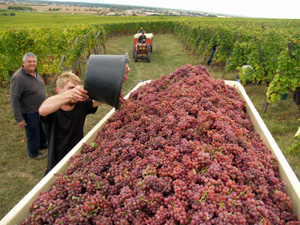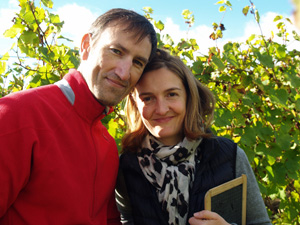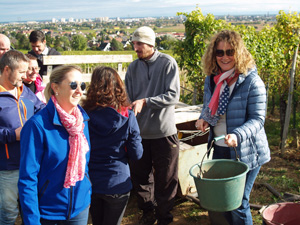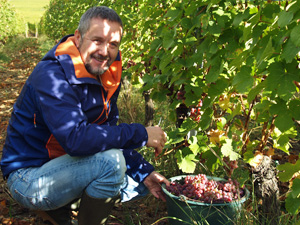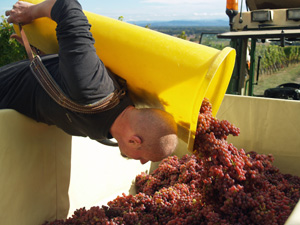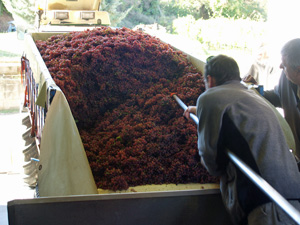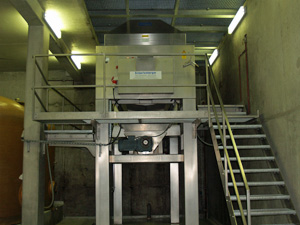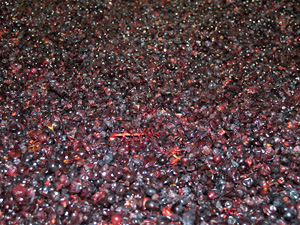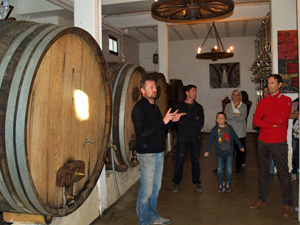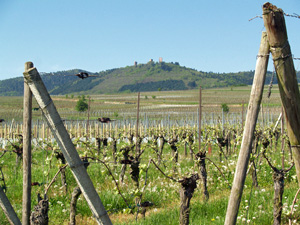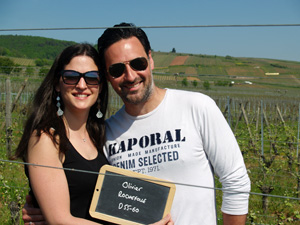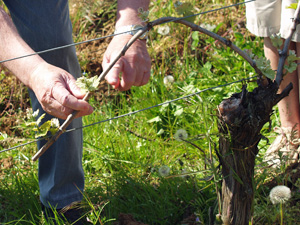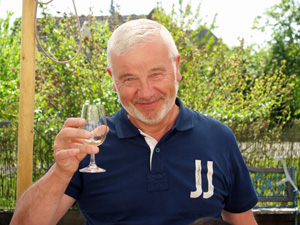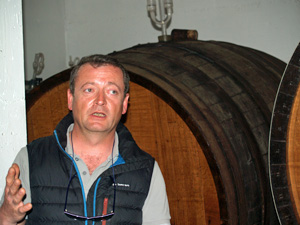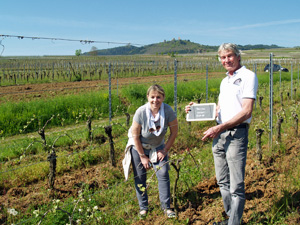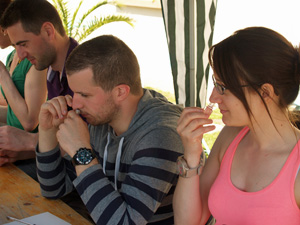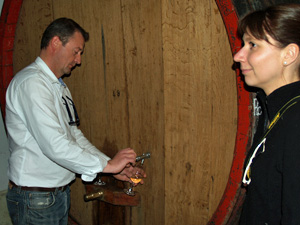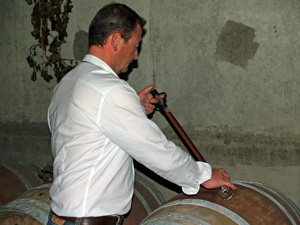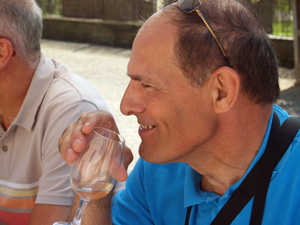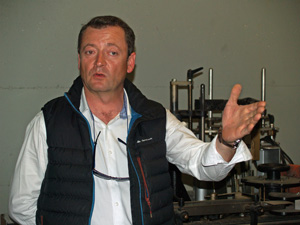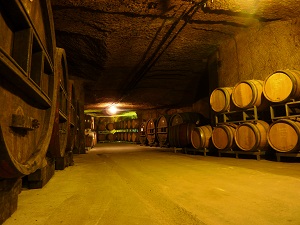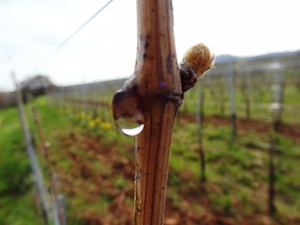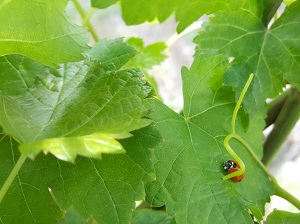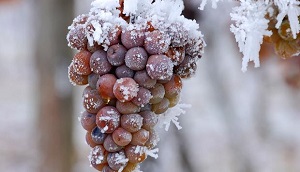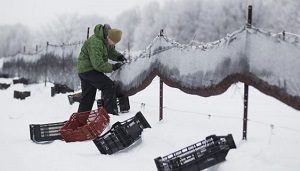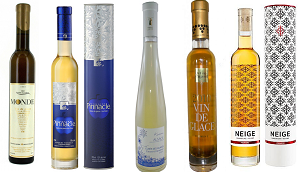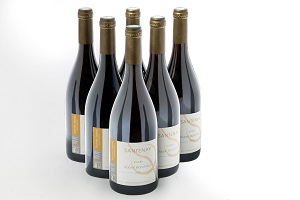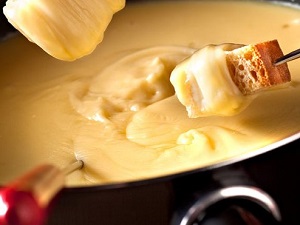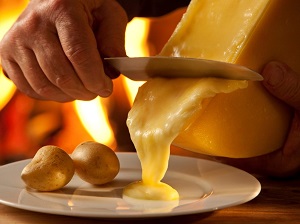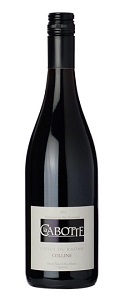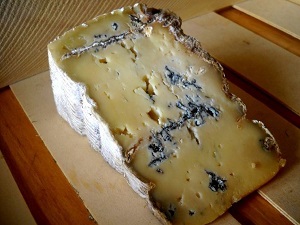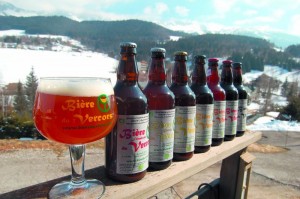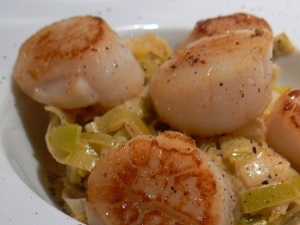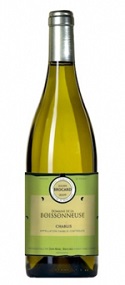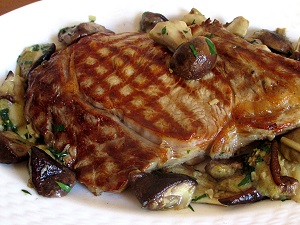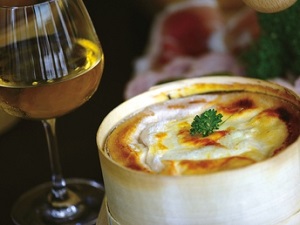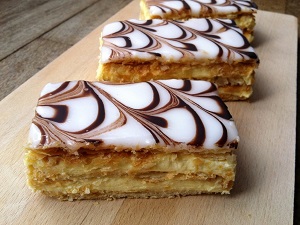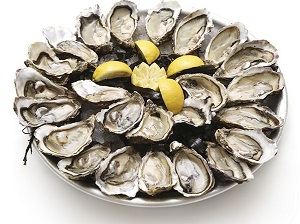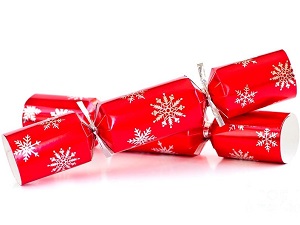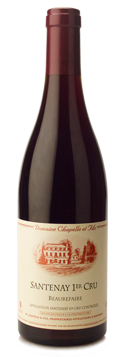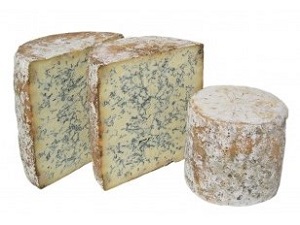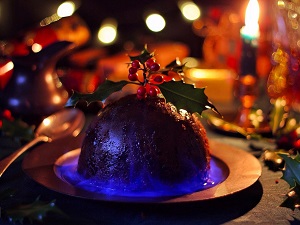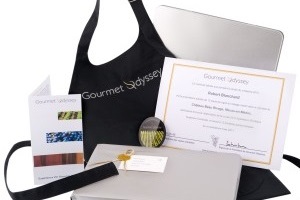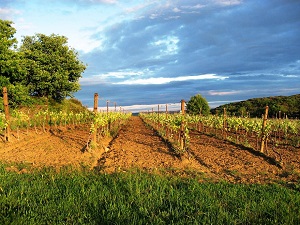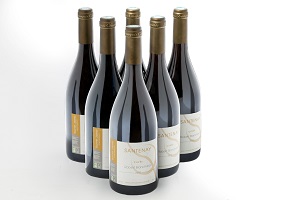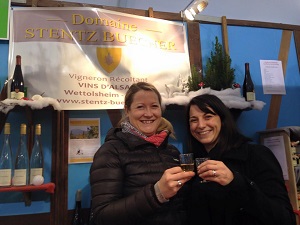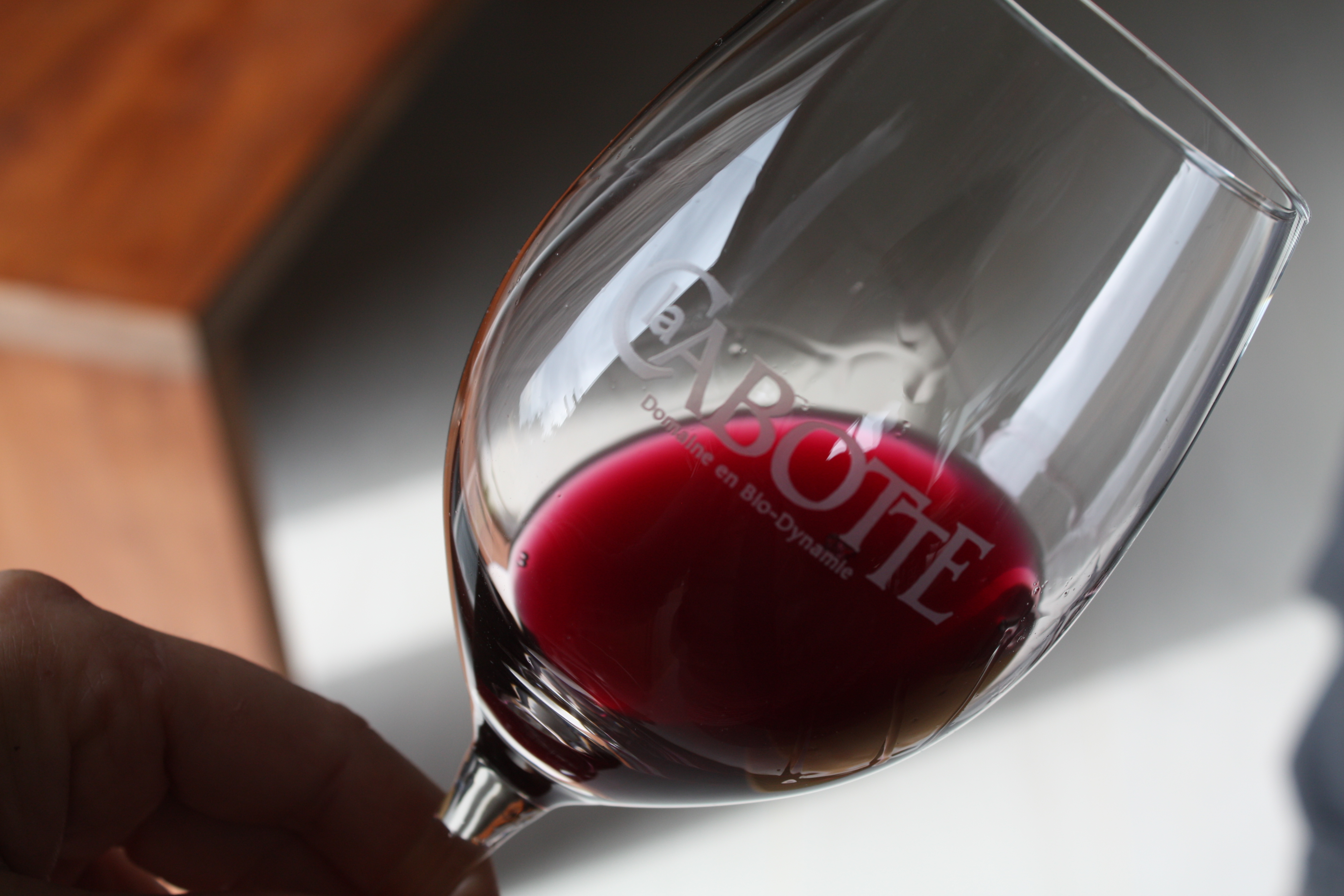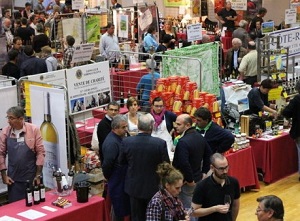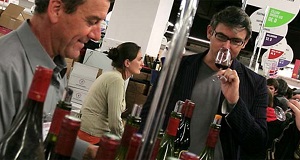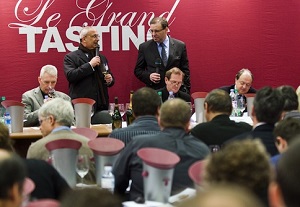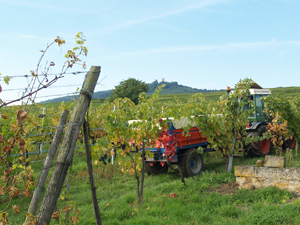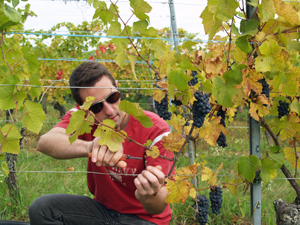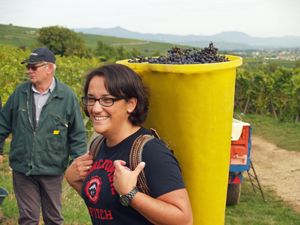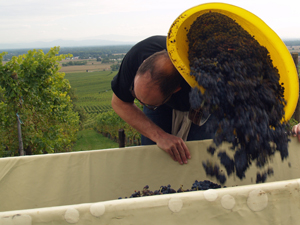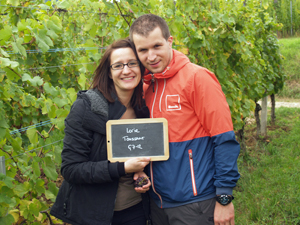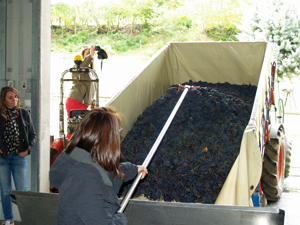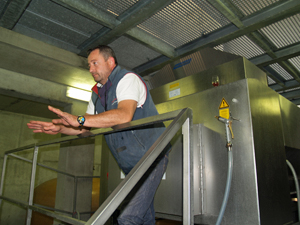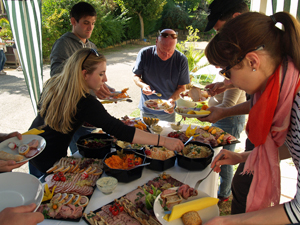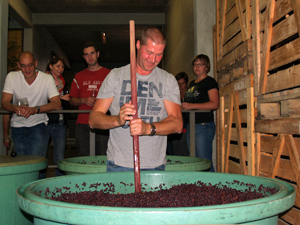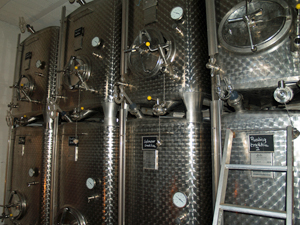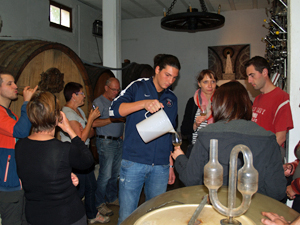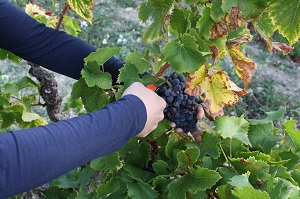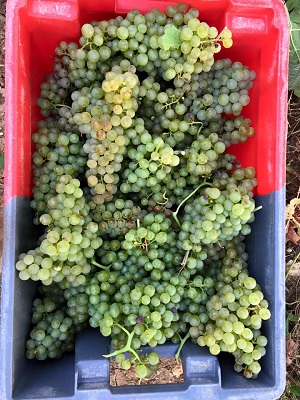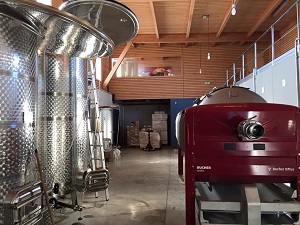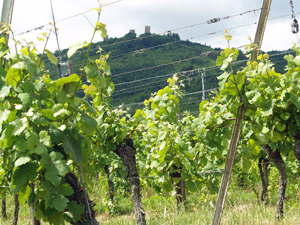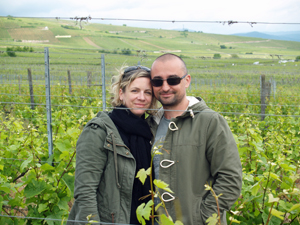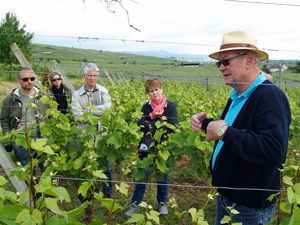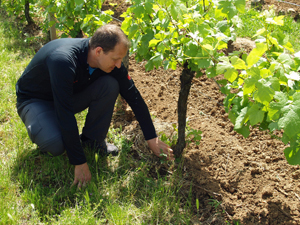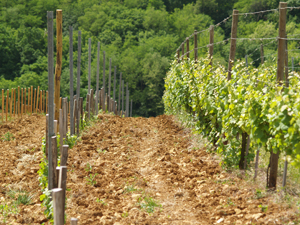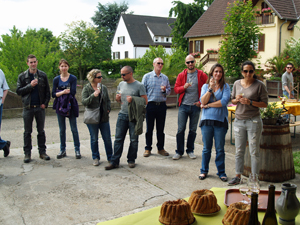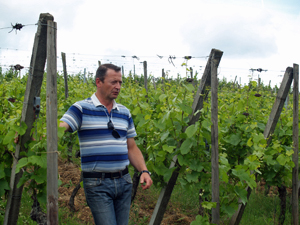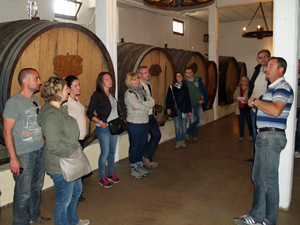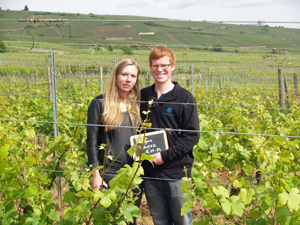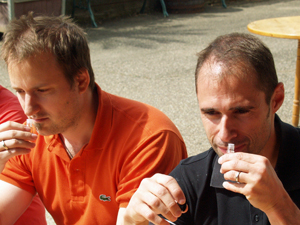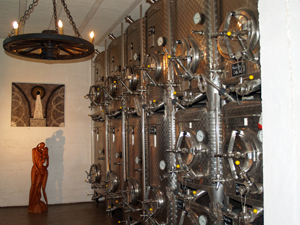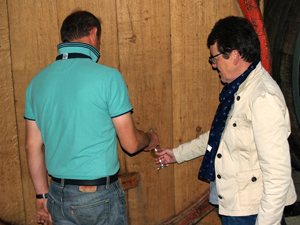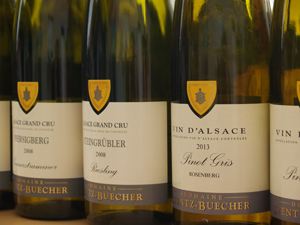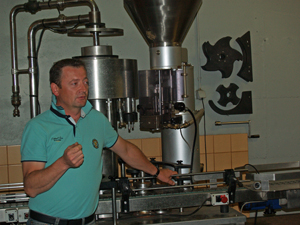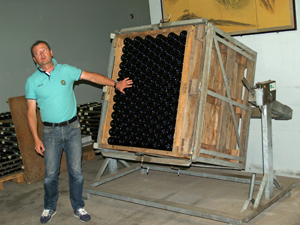With just a week left until Christmas, and the start of the end of year celebrations, it’s high time that we started thinking about what we’re going to put on our plates and fill our glasses with! Last year, we gave a few
tips on pairing food and wine. This year, each of us in the Gourmet Odyssey office team has different plans for Christmas, so we thought we would share our menus with you!
Marie – the mountain menu
For those of you who, like me, will be spending Christmas in the mountains, it would be a shame not to include the local cheese specialties that are always so mouth watering! The problem is that the cheeses each have their own flavours and textures, so are best accompanied by a different wine. Here are a few of the pairings that I’m going to try this year.
First of all, the famous cheese fondue. I choose the Swiss “half and half” method. I’m leaning towards a white wine, something round but strong enough to support the fat of the vacherin fribourgeois and gruyere cheeses that make up this dish. The traditional wines to go with it would be a Rousette from Savoie, a Riesling from Alsace, or a Côtes du Jura. I’m going to go all out Swiss, and serve a Fendant du Valais 2012 from Domaine Berthod Vogel, a really nice fruity wine.
And what to serve with a good old Savoyarde raclette? A fruity red with good acidity to compensate for the richness if the raclette, such as the local and very good Mondeuse, a Beaujolais or Côtes du Rhône. Those who prefer white wine could opt for a Roussette or Riesling. I’m going to try a red Côtes du Rhône Colline 2013 from Domaine la Cabotte, a wine that I know well and have often tasted during the Gourmet Odyssey Experience Days.
I’m going to finish with the Sassenage, a blue cheese from the Vercors region near Grenoble. My first instinct is to go for a sweet wine such as a Banyuls, Barsac or a Port. I’ve also got a Macvin du Jura in the cellar which would be perfect. But I think I’ll serve this cheese with the aperitif of an organic Vercors ale that is slightly bitter and fruity, and produced locally.
I haven’t really done a menu because it’s all cheese related, but it’s all local to where I’ll be and it’s all so good, and over the course of a week, I should be able to test all of the variations!
Ines – the semi-gastronomic menu
In my family, the Christmas meal is the occasion to spoil ourselves and to enjoy food that we don’t normally prepare. Here is what I’ll be serving this year.
For the starter, I’m going to gently fry some St Jacques scallops and serve them on a bed of puréed leaks. The perfect match is a dry white wine to bring out the best in the St Jacques, so I’m thinking a Chablis, and have chosen the Boissonneuse from our partner, Domaine Jean-Marc Brocard.
Having treated our taste buds with the starter, I’ve chosen a delicious veal steak with creamy cep sauce (my mouth is watering already!). I’m hesitating between two wines to go with it, and my mind keeps changing between a wine from the Loire or a Gigondas? A light and fruity Ludovic 2013 St Nicolas de Bourgeuil from Domaine de la Chopinière du Roy that will enhance the veal, or a more full bodied Cuvée Suprème Gigondas from Domaine des Florets that will perfectly match my little creamy ceps. At least I still have a few days left to decide, but Christmas is fast approaching!
After the delicious starter and the rich flavour of the main course, we’ll have to leave some room for the cheese! This year, I’ve opted for a vacherin de Mont d’Or and a roquefort. Mmmm - there’s nothing better than a runny vacherin that’s been baked in the oven! I’ll open a bottle of Jurançon, a nice sweet wine that will withstand the strong taste of the roquefort.
And to end on a sweet note, we’re going for a classic. A millefeuille served with a glass of champagne! The bubbles will bring some freshness and acidity to go with the sweetness of the desert, and a light note after a good meal!
Mark – The entente-cordiale menu
My family is half French and half English, so my Christmas meal draws inspiration from both cultures.
It’s a long and festive meal for both sides of the family, so I prefer to start the meal with something light and fresh, and for that, I’ve adopted the French tradition of serving oysters. I’m going to go for some fines de claires, and I’ll try to be more careful when opening them this year, because last year I ate my Christmas lunch with my hand in a bandage, but that’s another story! And to go with the oysters, I like a nice fresh Sauvignon Blanc, and will go for a great biodynamic Menetou Salon from Domaine Philippe Gilbert. And you don’t need anything else for the starter except some good bread with a thick layer of salted butter.
Then it’s time for an English tradition between the starter and main course. The Christmas crackers! They go bang and inside is a little gift, a paper hat that no-one likes to wear, and a cheesy joke, but it’s fun! You can buy them, or else the best are hand-made by my sister.
For the main course, I’m fairly traditional. Normally I go for a turkey or goose, but this year I’m going to do a couple of roast guinea fowl with tarragon. I’ll serve some roast potatoes, my granny’s famous stuffing, and a basket of winter vegetables, brussel sprouts, parsnips and carrots. To go with it, I’m going to serve a Santenay Beaurepaire 2005 Premier Cru from our partner, Domaine Chapelle.
I prefer my cheese the French way, before the dessert. I’m going to go for a Stilton with a late bottled vintage port, and for those that don’t like blue cheese, I’ll also have a choice of goats cheese, morbier and a mature comté.
Dessert poses more problems. Personally, I love Christmas pudding, but it’s not everyone’s cup of tea! So I’ll have a second choice too. A lemon meringue tart with pistachios and a drizzle of olive oil. And at the end of the meal I like to let everyone go free-style with the wine, and go with the flow of the moment. Perhaps a Chinon Chapelle from Château de la Bonnelière or a Pinot Gris Hengst Grand Cru from Domaine Stentz-Buecher.
So that’s what the office team has in store this Christmas. We haven’t covered every base of the French and English cuisine, and everyone will have their own twist and favourite pairings, but we hope it gives a few ideas of matching food and wine. The secret is to know the wine that you are serving beforehand to avoid any unwanted surprises.
It’s time we got back to the stove!
Other wine and food pairing related posts
How to go about pairing food and wine?
The fundamentals of wine tasting
Other Christmas related articles
Find the perfect Christmas gift for a wine lover
Wine gifts for Christmas – the Gourmet Odyssey selection



